Best Places To Spot Wildflowers In Utah
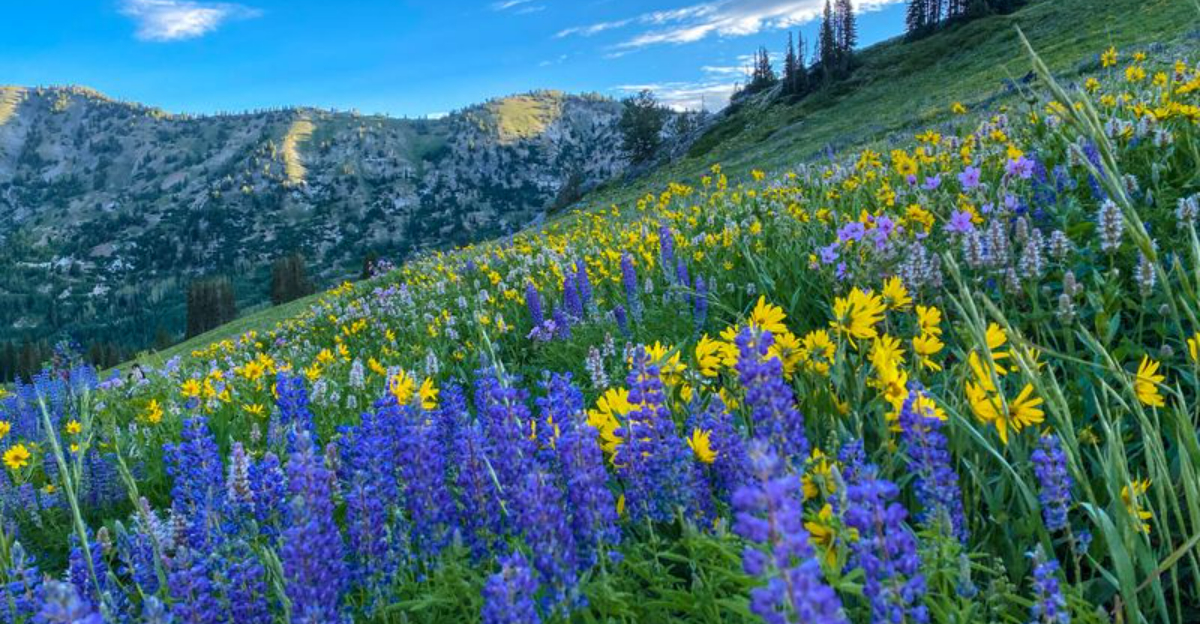
Utah’s diverse landscapes burst into a kaleidoscope of colors each spring and summer as wildflowers carpet the mountains, valleys, and deserts. From delicate alpine blooms to hardy desert flowers, the Beehive State offers some of the most spectacular wildflower displays in the American West.
Grab your camera and hiking boots as we explore the top spots to witness this natural wonder across Utah’s stunning terrain.
1. Albion Basin at Alta

July transforms this ski resort into a botanical paradise unlike anywhere else in the state. The meadows erupt with Indian paintbrush, lupine, and columbine creating a scene that feels plucked from a fairytale.
Families love the relatively flat 1.5-mile Albion Basin Wildflower Loop, perfect for all ages to enjoy the spectacular display. I recommend visiting on weekdays to avoid crowds that gather when the flowers reach their peak.
Did you know? Over 100 different wildflower species can be found in this single basin during peak season!
2. Wasatch Mountain State Park
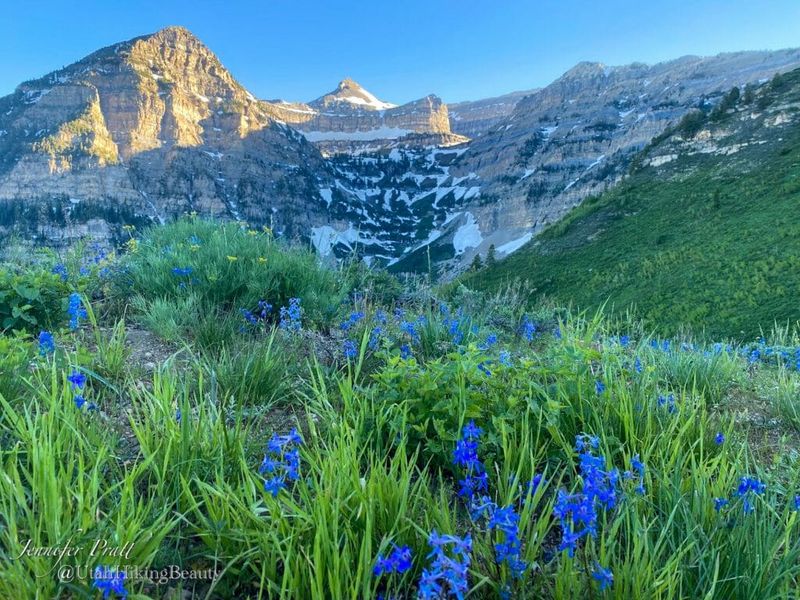
Just 45 minutes from Salt Lake City, this accessible wonderland showcases Utah’s wildflower diversity without requiring technical hiking skills. The rolling hills create perfect viewing conditions from your car or along gentle trails.
When visiting in June, look for the striking blue penstemons that seem to wave in the mountain breeze. I’ve found that the Huber Grove area offers particularly rich displays plus historic buildings that add character to your photos.
Pack a picnic and make a day of it – the park’s facilities make this one of the most family-friendly wildflower destinations in the state.
3. Mount Timpanogos
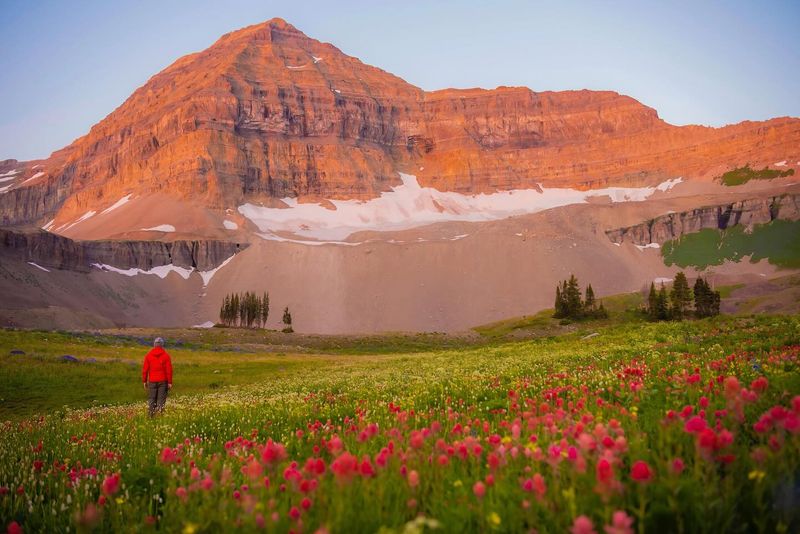
Are you ready for a challenge that delivers unforgettable rewards? This iconic peak offers perhaps the most dramatic wildflower displays in Utah, but you’ll need to work for it.
The 14-mile round trip hike passes through distinct ecological zones, each with unique flower varieties. Around mile three, vast meadows of sunflowers create golden oceans that contrast dramatically with the rugged mountain backdrop.
If you’re feeling ambitious, continue to Emerald Lake where rare alpine species thrive in the high-altitude environment. Plan a full day for this adventure – the flowers are most vibrant from mid-July through early August.
4. Antelope Island State Park
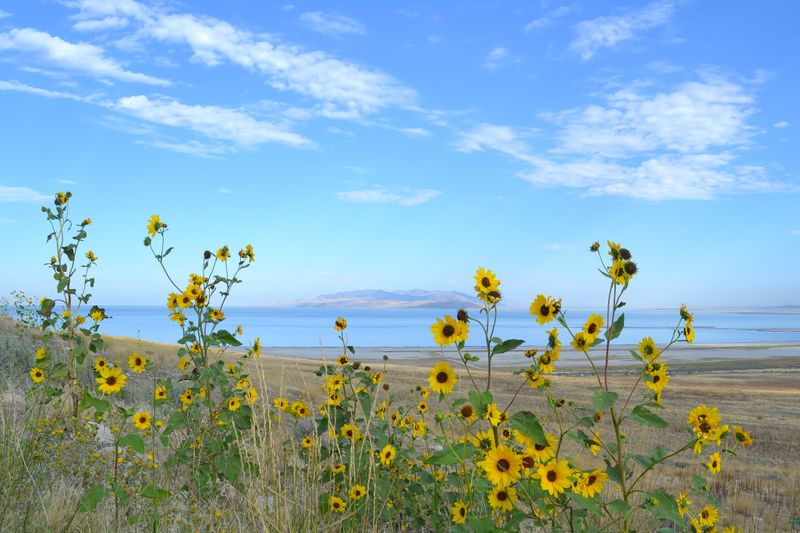
While most people visit for the bison, this Great Salt Lake island surprises with spectacular spring wildflower displays. The contrast between delicate blooms, saltwater, and roaming wildlife creates a photographer’s paradise unlike anywhere else.
Desert-adapted species like sego lilies (Utah’s state flower) and prickly pear cactus blossoms thrive in this harsh environment. My tip is to hike the Buffalo Point Trail in May when temperatures remain comfortable and flowers reach their peak.
The island’s unique ecosystem means you’ll see flower varieties here that don’t appear in Utah’s mountain locations – plus potential wildlife encounters add excitement to your flower expedition.
5. Big Cottonwood Canyon
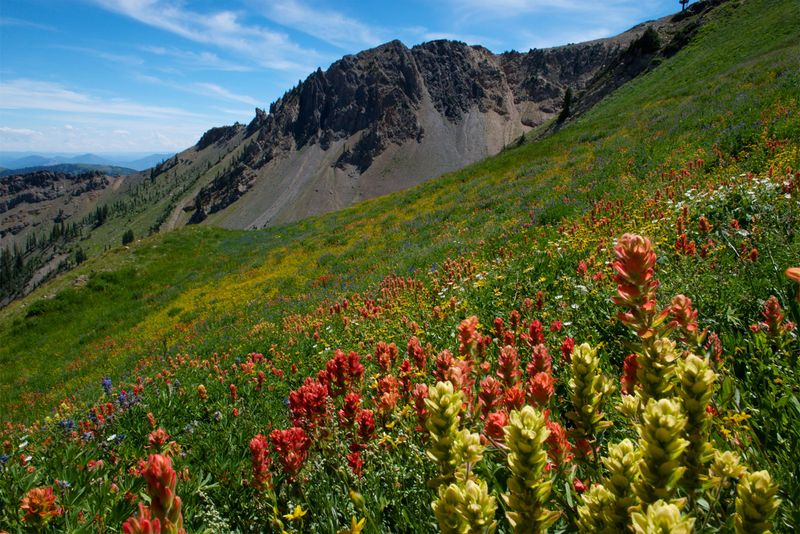
Just minutes from Salt Lake City, this accessible canyon delivers spectacular wildflower displays without requiring long drives or difficult hikes. The diversity here amazes even experienced botanists.
Silver Lake offers a wheelchair-accessible boardwalk through meadows bursting with geraniums, paintbrush, and asters – perfect for those with mobility concerns. For more adventurous hikers, I recommend the Donut Falls trail where shady forest sections reveal delicate columbines hiding among the trees.
The canyon’s varying elevations mean flowers bloom progressively through summer – visit in early July for lower elevations and late July for higher spots.
6. Cecret Lake Trail

Hidden just beyond Albion Basin sits this gem with a name as unique as its beauty. The trail winds through fields of wildflowers so dense you’ll wonder if someone painted the landscape.
My favorite aspect is how the flowers change as you gain elevation – starting with sunflowers and transitioning to alpine varieties near the lake. The moderate 1.7-mile round trip rewards hikers with not just flowers but a pristine alpine lake surrounded by rocky peaks.
Early morning visits offer the best photography light and increase your chances of spotting moose grazing among the blooms.
7. Cedar Breaks National Monument
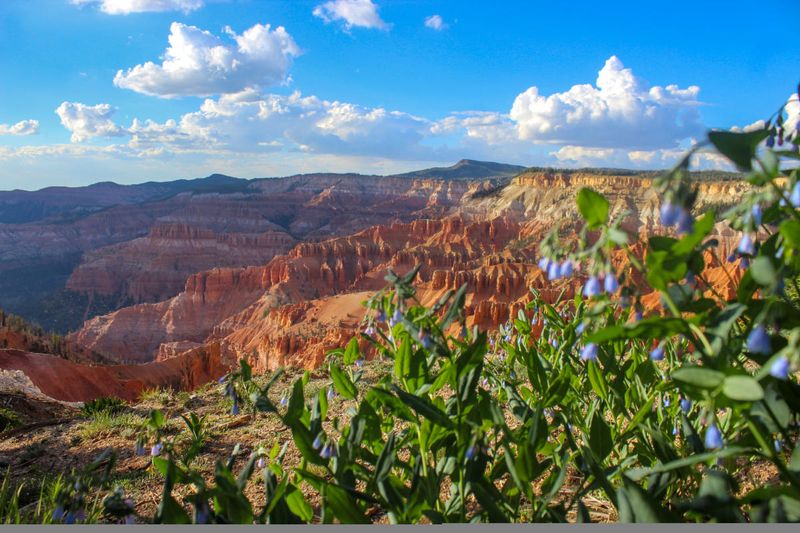
Imagine Grand Canyon-like formations but with meadows of wildflowers stretching along the rim – that’s the magic of Cedar Breaks in July. The high elevation (over 10,000 feet) creates a compressed growing season where everything blooms simultaneously.
The annual Wildflower Festival typically runs from early to mid-July, with rangers offering guided walks that help identify the hundreds of species. What makes this location special is how the flowers grow right to the edge of the dramatic orange amphitheater.
Evening visits reward with softer light on the flowers and fewer crowds. The Alpine Pond Trail offers the best combination of accessibility and flower variety.
8. Uinta Mountains
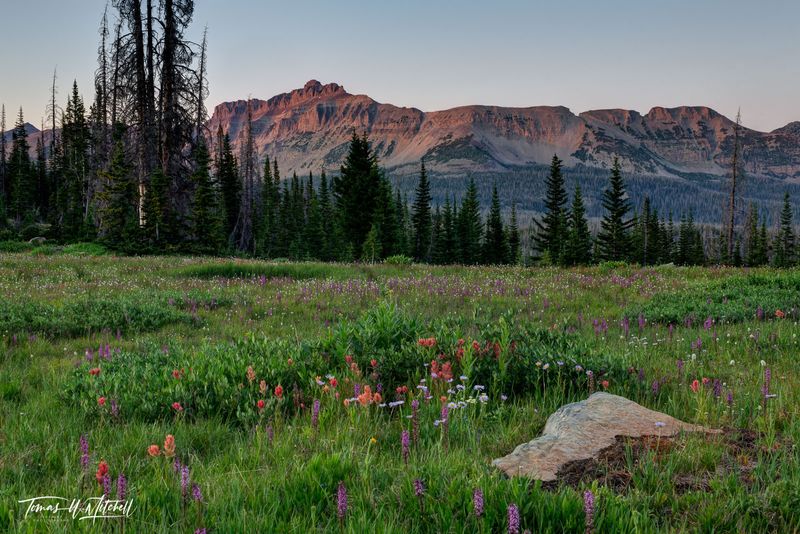
For wilderness lovers seeking solitude with their wildflowers, the Uintas deliver untamed beauty on an epic scale. These high-elevation meadows burst with color during the brief alpine summer, creating scenes few visitors ever witness.
The Mirror Lake Highway provides access to numerous trailheads where even short walks reward with spectacular displays. My favorite spot is Bald Mountain Pass, where flowers grow in seemingly impossible conditions at 10,700 feet.
The short growing season means timing is critical – typically late July through mid-August offers peak viewing. Pack layers as afternoon thunderstorms are common during prime wildflower season.
9. Zion National Park
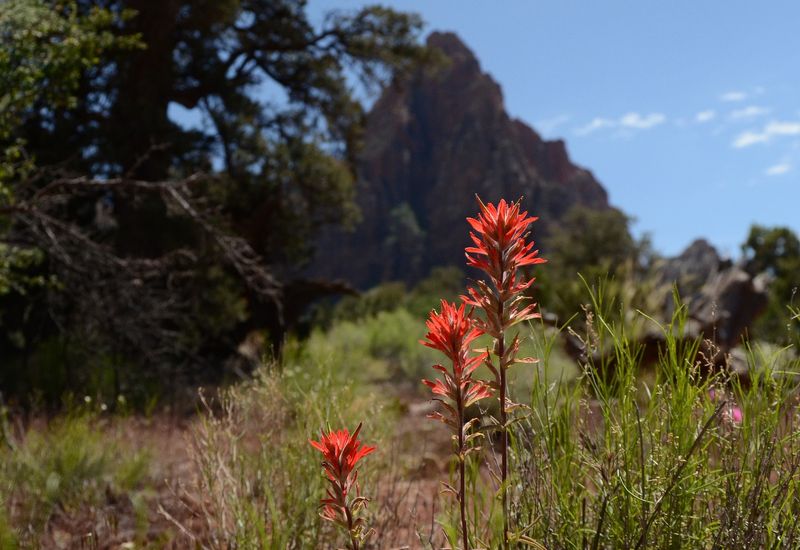
Few experiences compare to seeing delicate wildflowers contrasted against Zion’s massive red rock formations. The park’s dramatic elevation changes create multiple blooming seasons and diverse flower communities.
Spring brings desert blooms like globe mallow and evening primrose to lower elevations, while summer shifts the show to higher trails. The Emerald Pools trails offer excellent viewing opportunities that don’t require technical hiking skills.
Did you know the hanging gardens along the Riverside Walk showcase unique moisture-loving flowers found nowhere else in the park? Visit in April for lower elevation flowers or July for higher trails – each season offers completely different species.
